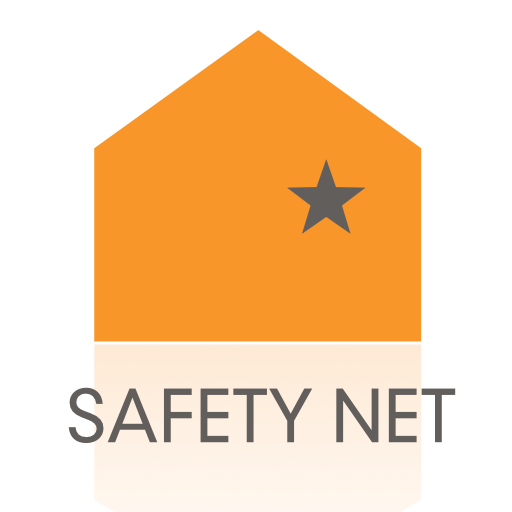What’s New: Changes and Details with Communication Platforms
/As you know, technology is ever-evolving. With the sudden need of programs to rapidly switch to digital services during COVID-19, NNEDV’s Safety Net team is working diligently to keep the field up-to-date on all of the changes and new information we receive. We have been talking with companies, testing products, and working to better understand how each platform works, and the implications of using them.
Many of our recent conversations with companies have been fruitful. We have been double-checking their features, and looking at their privacy and security options, accessibility features, and policies on sharing and storing data. Excitingly, some are moving to make changes we have suggested, and beginning to plan for how they can incorporate our feedback to not only better enhance their products, but to ensure their products can be used by all, especially those with strict confidentiality obligations.
The following are some of the new details we want to share. Please note, we do not endorse any one of these products. We cannot recommend software products or say if a product is or isn’t compliant with the federal confidentiality laws. What we can do is offer information we gather from the software companies, and information about best practices related to confidentiality, privacy, and safety while using technology to communicate with survivors. Use our Video Conferencing & Digital Communication Platforms Chart to learn more.
Gruveo is now offering a free 45-day trial during this public health crisis and has instituted a 20% discount for all non-profits.
ResourceConnect is offering online chat for free during this pandemic.
Cyph is offering a discount for its telehealth package.
Doxy.me is offering services for free for a limited time for new customers and has an additional privacy protection option available with a signed agreement.
Zoom has an additional privacy protection that stops the company from collecting user (survivor) identifying data when the agency signs an additional agreement. Depending on the subscription you already have, this additional feature may come with a cost. Zoom discounts available through TechSoup.org.
News reports have come out about “Zoombombing.” If using Zoom for public purposes (where link is shared widely), make sure to change the default setting so that only the Host can share their screen or files, and use options to mute/unmute participants.
We have seen an overwhelming amount of questions about what company to choose. We have created a new resource to help programs compare services and understand their options. We encourage you to use this information along with information from the vendors directly to make agency-specific decisions. We also have a new handout on Digital Written Consent to Share Information.
We are constantly learning and advocating for important changes. We will work to keep this new chart and other resources updated with the information we know about these vendors as it becomes available.


